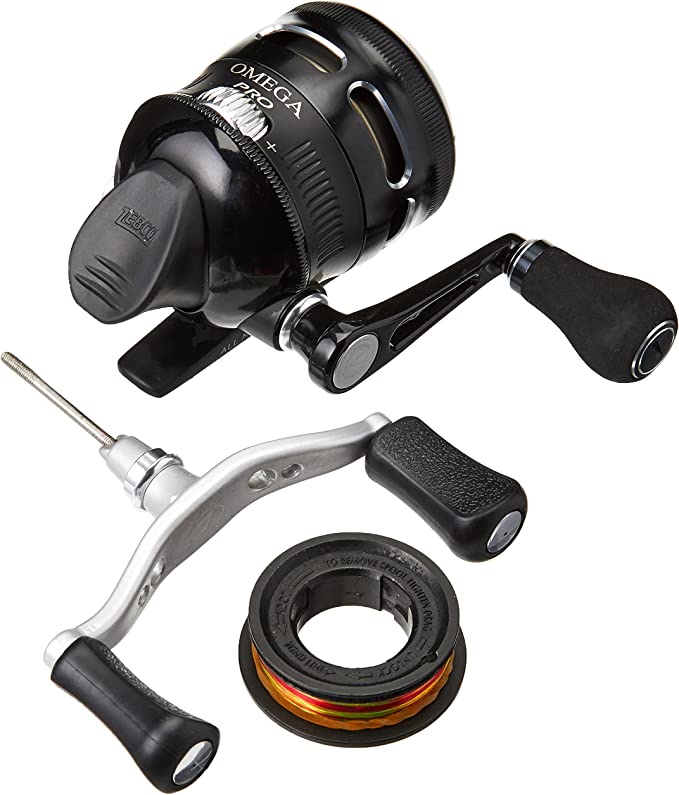From Campfire to Culinary Craft: The Science Behind the Modern Outdoor Pizza Oven
Update on Aug. 2, 2025, 6:58 p.m.
There’s a primal magic to cooking outdoors. It’s a ritual that connects us to our ancestors, gathered around the ephemeral glow of a campfire, sharing stories and sustenance under a canopy of stars. For generations, this experience was defined by its beautiful simplicity: a sausage on a stick, marshmallows toasted to a perfect, precarious char. But human ingenuity never rests. The same drive that led us from roasting on hot embers to building communal hearths has now culminated in a new generation of sophisticated outdoor tools. The modern portable pizza oven is perhaps the most fascinating evolution of this journey, transforming any campsite or backyard into a gourmet stage. It’s more than a metal box; it’s a compact marvel of applied science, designed to tame the wildness of fire into a precise culinary instrument.

To truly appreciate this leap, we must look back. Long before the first pizzeria, ancient Egyptians and Romans were baking flatbreads on superheated stones and in rudimentary clay domes. They understood a fundamental truth: to achieve a light, airy bread with a crisp crust, you need intense, immediate heat delivered from below. The hearth was the heart of the community, a source of warmth and nourishment. The modern gas-powered pizza oven, like the rotating AOSION model, is the direct descendant of this legacy. It miniaturizes the massive brick oven, replaces the unpredictability of wood with the precision of gas, and makes this ancient craft accessible to anyone, anywhere.
At the heart of every great pizza is a mastery of heat, a delicate symphony conducted between three distinct forms of energy transfer. Understanding this trinity is the key to unlocking an oven’s potential. First is conduction, the direct, intimate kiss of heat from the pizza stone to the dough. This is the powerhouse that drives moisture out and creates that coveted crispy base. Next is convection, the dance of superheated air swirling within the oven’s dome, cooking the toppings and melting the cheese to perfection. Finally, there is radiation—the most potent force here—the invisible waves of intense energy radiating from the flame and the hot interior surfaces. In a traditional oven, this radiative power creates fierce hot spots, forcing a frantic turning of the pizza. This is where a feature like 360-degree automatic rotation becomes less a convenience and more a stroke of genius, automating the perfect, even exposure to this thermal symphony.

But cooking a truly magnificent pizza requires more than just heat; it demands intense heat. This is where we move from physics to chemistry, specifically to the glorious process known as the Maillard reaction. This is not simply browning; it’s a complex chemical cascade that occurs when amino acids and sugars in the dough are subjected to high temperatures, creating hundreds of new, deeply savory flavor and aroma compounds. To kickstart this flavor engine, you need a powerful fuel source. Gas-powered ovens, with outputs often reported in the range of 10,000 to 20,000 BTUs, provide the necessary thermal horsepower to rapidly climb to temperatures exceeding 750°F (400°C). This allows the Maillard reaction to flourish. An included infrared thermometer becomes your command interface, allowing you to monitor the stone’s temperature and ensure you’re operating in that magic zone, well above the point of simple baking but just shy of pyrolysis—the chemical term for the tragedy of a burnt, carbonized crust.
The unsung hero in this entire operation is the foundation upon which the pizza rests: the stone. Often made of a remarkable ceramic material called cordierite, its properties are perfectly suited for the task. Cordierite possesses an exceptionally low coefficient of thermal expansion, meaning it can withstand rapid, extreme temperature changes without cracking—a phenomenon known as thermal shock. It acts as a thermal battery, soaking up heat during preheating and then discharging it forcefully into the dough. Its porous surface also plays a critical role, wicking away trace amounts of moisture from the bottom of the crust, ensuring it crisps rather than steams.

Of course, designing a piece of gear for the wild involves a delicate art of compromise. The choice of materials like powder-coated SPCC steel reflects a balance between cost, weight, and durability. The very portability that makes these ovens so appealing necessitates trade-offs in insulation. Unlike a permanent, multi-ton brick oven, a portable unit will inevitably lose heat to the surrounding environment, which can explain why some users report longer preheat times between pizzas. This isn’t a flaw so much as an accepted principle of outdoor engineering: you trade some thermal efficiency for the freedom to bake wherever adventure takes you.

In the end, a tool like the AOSION outdoor oven is not just a machine for making food. It is a vessel for experience. Understanding the science behind its spinning stone, the chemistry ignited by its powerful flame, and the material properties of its core components doesn’t diminish the magic; it enhances it. It transforms the act of cooking into a more intentional, creative, and rewarding process. It allows us to step into the role of the craftsman, reconnecting with that ancient, timeless ritual of transforming simple ingredients with fire, and sharing the delicious results with others under the vast, open sky.







































